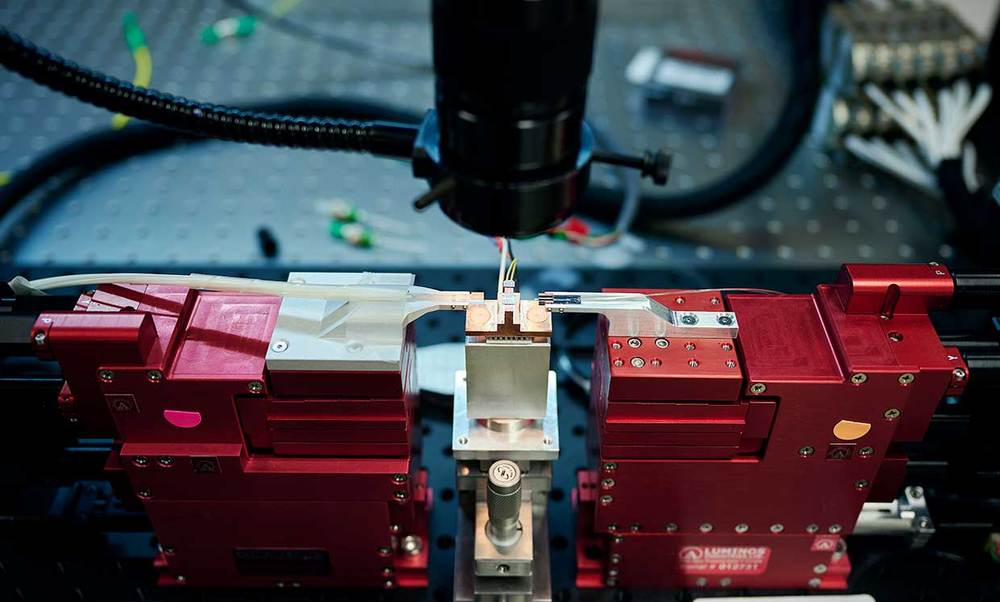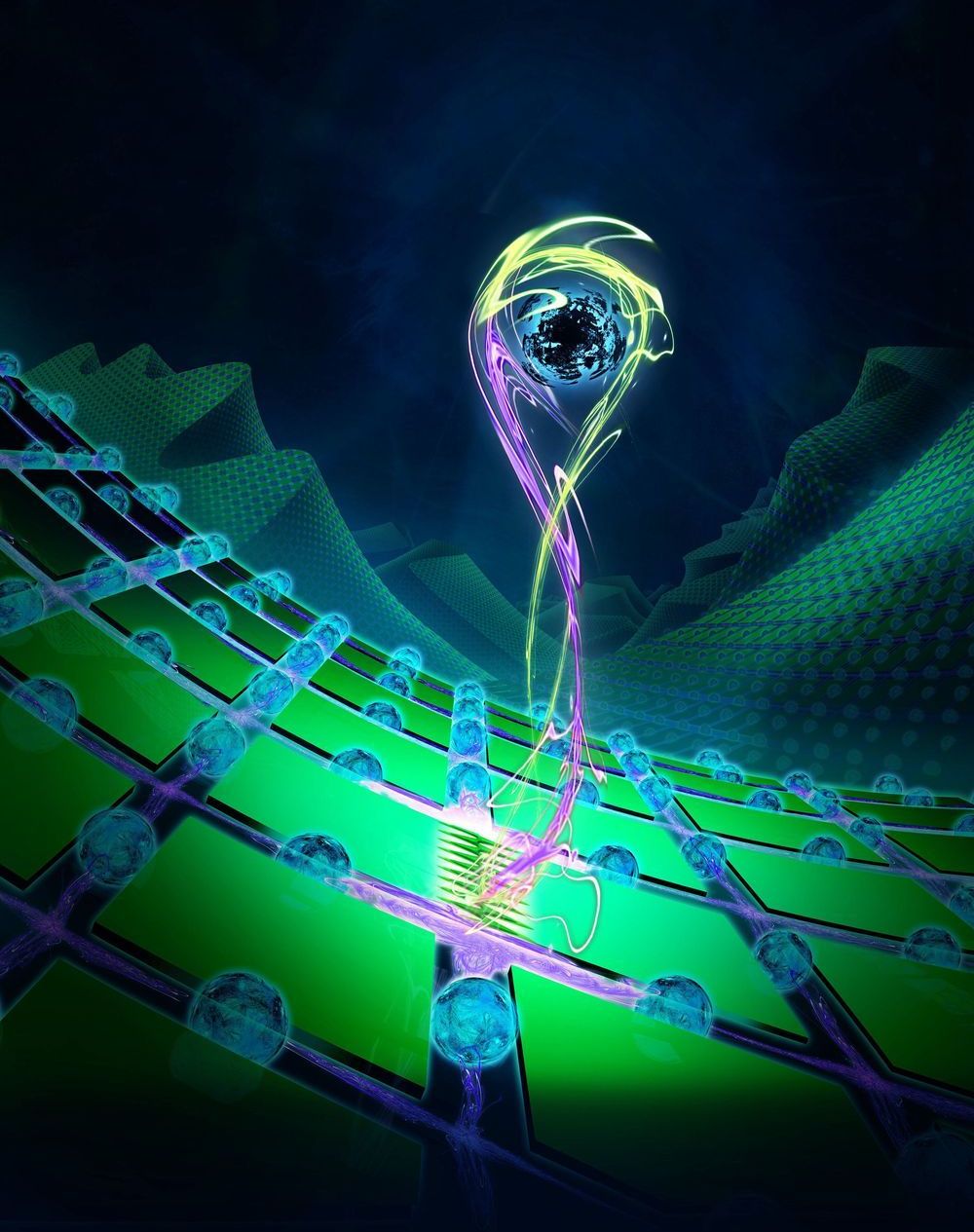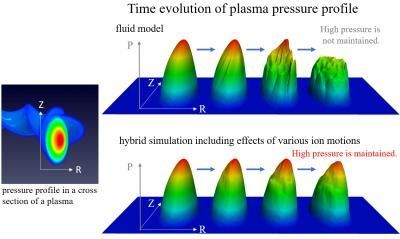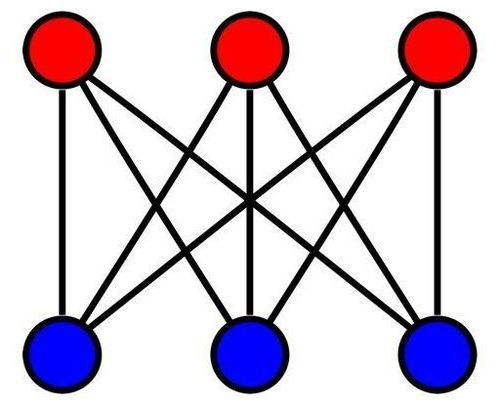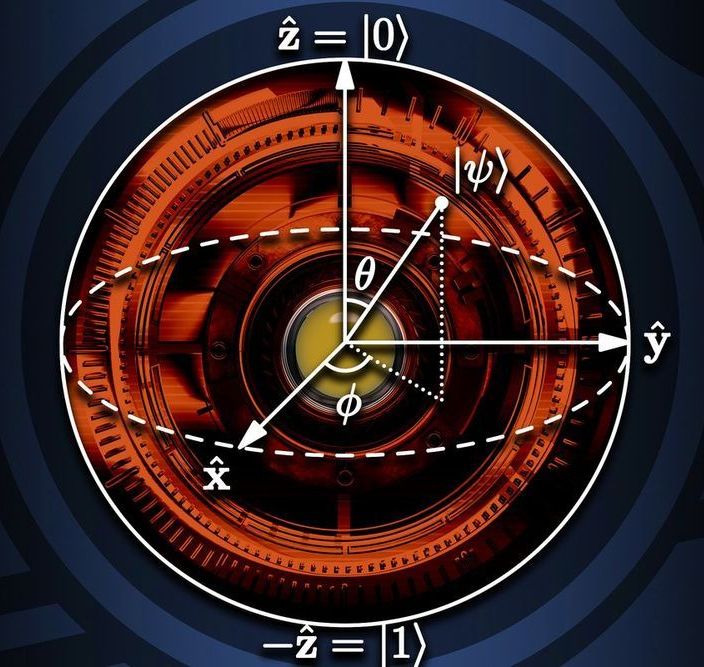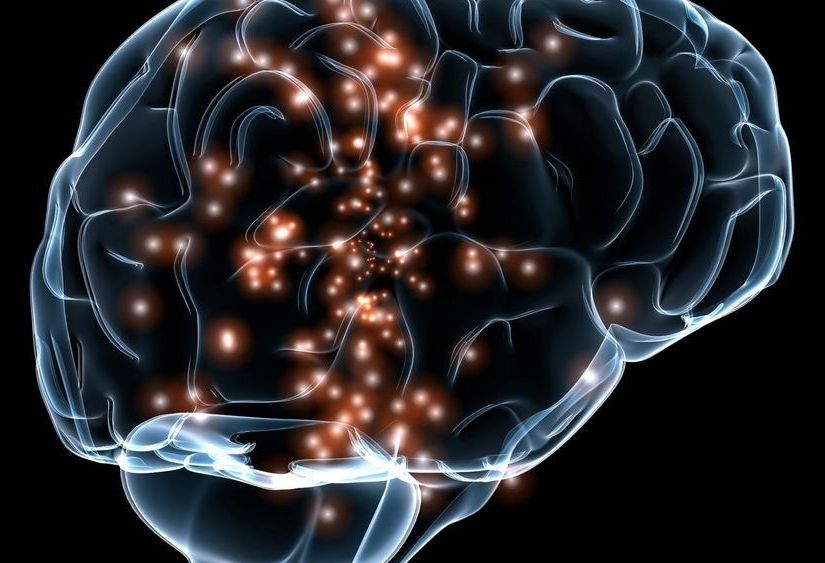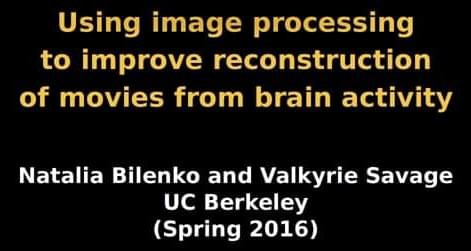Archive for the ‘computing’ category: Page 544
Sep 9, 2020
Technique prevents errors in quantum computers
Posted by Quinn Sena in categories: computing, quantum physics
Even quantum computers make mistakes. Their computing ability is extraordinary, exceeding that of classical computers by far. This is because circuits in quantum computers are based on qubits that can represent not only zeroes or ones, but also superpositions of both states by using the principles of quantum mechanics. Despite their great potential, qubits are extremely fragile and prone to errors due to the interactions with the external environment.
To solve this crucial issue, an international research group developed and implemented a new protocol that protects fragile quantum information and corrects errors due to qubit loss. This research group published the results of their study in Nature.
“Developing a fully functioning quantum processor still represents a great challenge for scientists across the world,” explains Davide Vodola who is one of the authors of the study as well as a researcher at the University of Bologna. “This research allowed us, for the first time, to implement a protocol that can detect and, at the same time, correct errors due to qubit loss. This ability could prove to be essential for the future development of large-scale quantum computers.”
Sep 9, 2020
Transistor-integrated cooling for a more powerful chip
Posted by Saúl Morales Rodriguéz in categories: computing, engineering
Managing the heat generated in electronics is a huge problem, especially with the constant push to reduce the size and pack as many transistors as possible in the same chip. The whole problem is how to manage such high heat fluxes efficiently. Usually, electronic technologies, designed by electrical engineers, and cooling systems, designed by mechanical engineers, are done independently and separately. But now, EPFL researchers have quietly revolutionized the process by combining these two design steps into one: They’ve developed an integrated microfluidic cooling technology together with the electronics that can efficiently manage the large heat fluxes generated by transistors. Their research, which has been published in Nature, will lead to even more compact electronic devices and enable the integration of power converters, with several high-voltage devices, into a single chip.
The best of both worlds
In this ERC-funded project, Professor Elison Matioli, his doctoral student Remco Van Erp, and their team from the School of Engineering’s Power and Wide-band-gap Electronics Research Laboratory (POWERLAB), began working to bring about a real change in designing electronic devices by conceiving the electronics and cooling together, right from the beginning. The group sought to extract the heat very near the regions that heat up the most in the device. “We wanted to combine skills in electrical and mechanical engineering in order to create a new kind of device,” says Van Erp.
Sep 9, 2020
An accurate simulation of high-pressure plasma for an economical helical fusion reactor
Posted by Quinn Sena in categories: computing, nuclear energy
The research team of Assistant Professor Masahiko Sato and Professor Yasushi Todo of the National Institutes of Natural Sciences (NINS) National Institute for Fusion Science (NIFS) has succeeded using computer simulation in reproducing the high-pressure plasma confinement observed in the Large Helical Device (LHD). This result has enabled highly accurate predictions of plasma behavior aimed at realizing an economical helical fusion reactor.
In order to realize fusion energy, we must confine high pressure plasma using the magnetic field for a long duration. Although higher pressure plasma can be confined by a stronger magnetic field, it costs more to generate a stronger magnetic field using electromagnetic coils. Therefore, if the magnetic field strength is the same, a device that can confine higher pressure plasma is economically desirable. Because the LHD has succeeded in maintaining high-pressure plasma, there is great expectation in realizing a helical fusion reactor.
Design research for a future fusion reactor is performed based on computer simulations predicting the behavior of magnetically confined plasma. We require highly accurate simulations. To confirm the accuracy, the simulations are required to reproduce the experimental results obtained by the existing devices. However, the simulations had not reproduced the experimental results obtained by the LHD showing that high-pressure plasma is maintained. This has been a serious problem for the design research for an economical helical fusion reactor.
Sep 9, 2020
Math Riddle From Decades Ago Finally Solved After Being Lost And Found
Posted by Quinn Sena in categories: computing, information science, mathematics
A pair of Danish computer scientists have solved a longstanding mathematics puzzle that lay dormant for decades, after researchers failed to make substantial progress on it since the 1990s.
The abstract problem in question is part of what’s called graph theory, and specifically concerns the challenge of finding an algorithm to resolve the planarity of a dynamic graph. That might sound a bit daunting, so if your graph theory is a little rusty, there’s a much more fun and accessible way of thinking about the same inherent ideas.
Going as far back as 1913 – although the mathematical concepts can probably be traced back much further – a puzzle called the three utilities problem was published.
Sep 9, 2020
Rumored Nvidia GeForce RTX 3060 Specs Hit the Sweet Spot
Posted by Genevieve Klien in category: computing
A reputable leaker posted feasible specifications for an Nvidia GeForce RTX 3060 Ti or GeForce RTX 3060 Super graphics card.
Sep 8, 2020
A Quantum Culture Shift
Posted by Genevieve Klien in categories: computing, quantum physics
To maintain its leadership in quantum computing technology, the US must embrace a culture shift that fuses three important elements: science, a roadmap, and agility.
Sep 7, 2020
Amazon Braket: Get started with quantum computing
Posted by Genevieve Klien in categories: computing, information science, quantum physics
Amazon’s quantum computing service is currently good for learning about quantum computing and developing NISQ-regime quantum algorithms, but stay tuned.
Sep 6, 2020
DARPA teams begin work on tiny brain implant to treat PTSD
Posted by Quinn Sena in categories: biotech/medical, computing, neuroscience
Circa 2014 o,.o.
The Defense Advanced Research Projects Agency, or DARPA, has announced the start of a five-year, $26 million effort to develop brain implants that can treat mental disease with deep-brain stimulation.
The hope is to implant electrodes in different regions of the brain along with a tiny chip placed between the brain and the skull. The chip would monitor electrical signals in the brain and send data wirelessly back to scientists in order to gain a better understanding of psychological diseases like Post-Traumatic Stress Disorder (PTSD). The implant would also be used to trigger electrical impulses in order to relieve symptoms.
Continue reading “DARPA teams begin work on tiny brain implant to treat PTSD” »
Sep 5, 2020
The Brain Implants That Could Change Humanity
Posted by Derick Lee in categories: computing, neuroscience
He was also scared because the experiment showed, in a concrete way, that humanity was at the dawn of a new era, one in which our thoughts could theoretically be snatched from our heads. What was going to happen, Dr. Gallant wondered, when you could read thoughts the thinker might not even be consciously aware of, when you could see people’s memories?
Continue reading “The Brain Implants That Could Change Humanity” »
